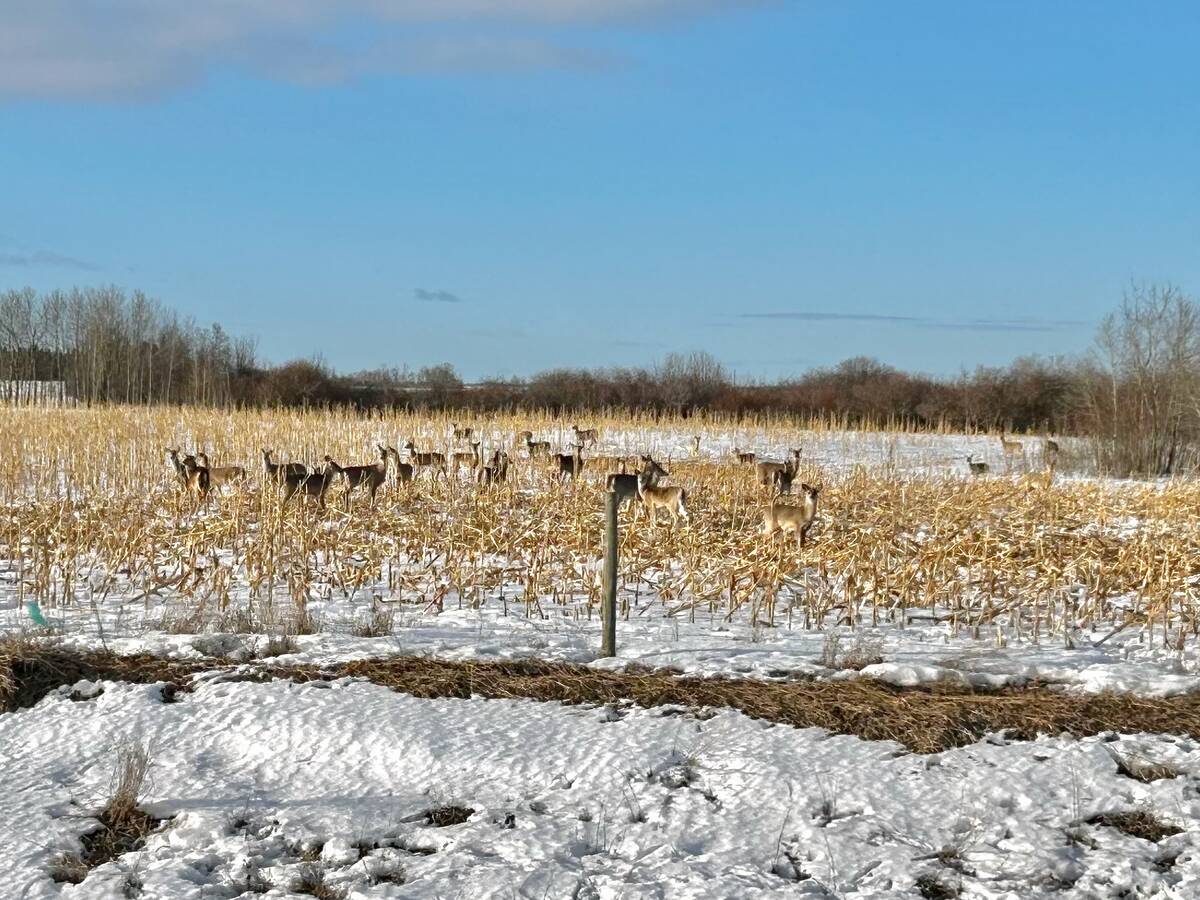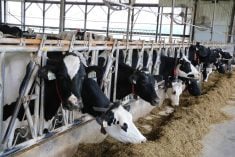An international joint commission will recommend several changes to how the Souris River Basin is managed.
The International Souris River Study Board finished its public consultation on its report on the basin on September 7.
The board studied a 1989 treaty between the United States and Canada on how they will manage the basin, which spreads across southwestern Manitoba, southeastern Saskatchewan and North Dakota.
Between hydrologic model simulations and consultation, the board found that overall the operating plan in the agreement had performed well, according to the study’s draft report. Their simulations showed that how the basin is managed has reduced flooding in almost every case.
Read Also

Manitoba launches CWD tracking tool
A newly launched digital dashboard allows hunters to track where chronic wasting disease has been confirmed in Manitoba
The board found the management of the system led to more even distribution of stream flow throughout the year, and it found that in addition to flood and water supply management, the reservoirs provided other benefits like recreation.
The draft report made several recommendations for the management of the basin for “incremental or marginal improvements,” including:
- Modify winter drawdown targets for reservoirs so they can be operated with greater flexibility for moisture conditions in the basin.
- Extend the winter drawdown periods for the reservoirs from February 1 to March 1 to provide greater river flow and improved environmental benefits in February.
- Lower the spring maximum flow limits to reduce flood peaks and agricultural flood risk during small or moderate floods in North Dakota.
- Establish a summer operating plan for more guidance for reservoir operators.
Among other counsel, the board also recommended better methods for gathering and communicating hydrologic data like flood forecasting and water flows.
The report also addressed concerns people raised during public consultations. For instance, people were concerned about the effect of artificial drainage, e.g. farmland drainage, on flooding.
The study concluded that during extreme floods, like that in 2011, wetland drainage had very little impact. However, “It is likely that wetland drainage has the greatest impact in the basin in average to moderate run-off events and floods,” which the report said could result in more frequent one-in-10-year floods.
Wetland drainage is “potentially” deteriorating water quality in the Souris River Basin, the report said. However, it wasn’t possible to quantify the impact separate from other factors like changing land management practices.
Based on public concerns about water quality, the study board concluded that water-quality monitoring needs to be continued.















